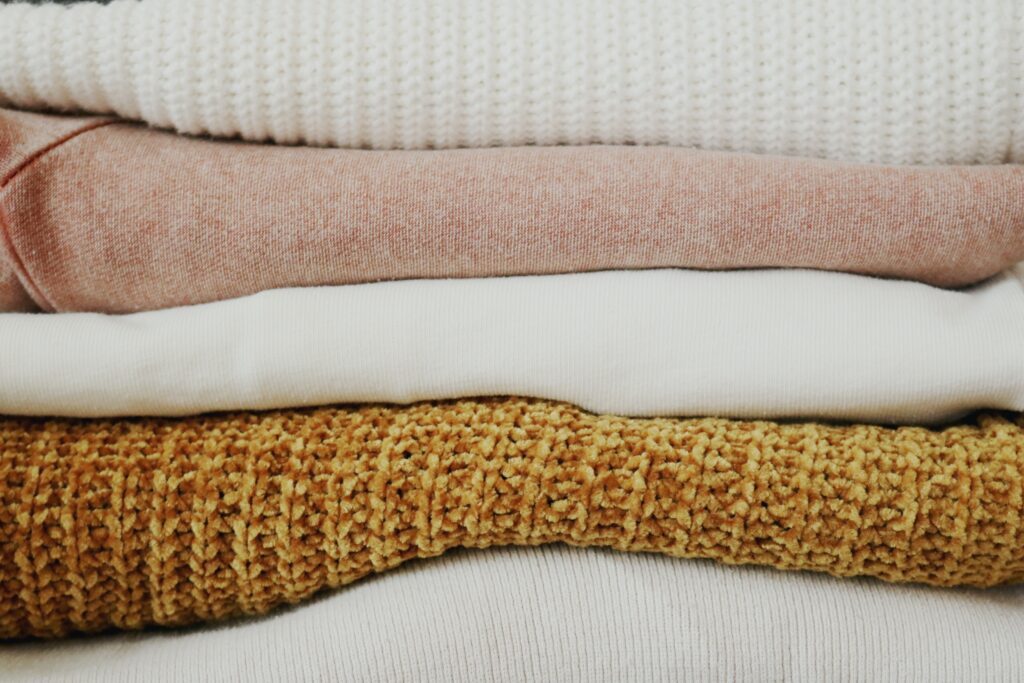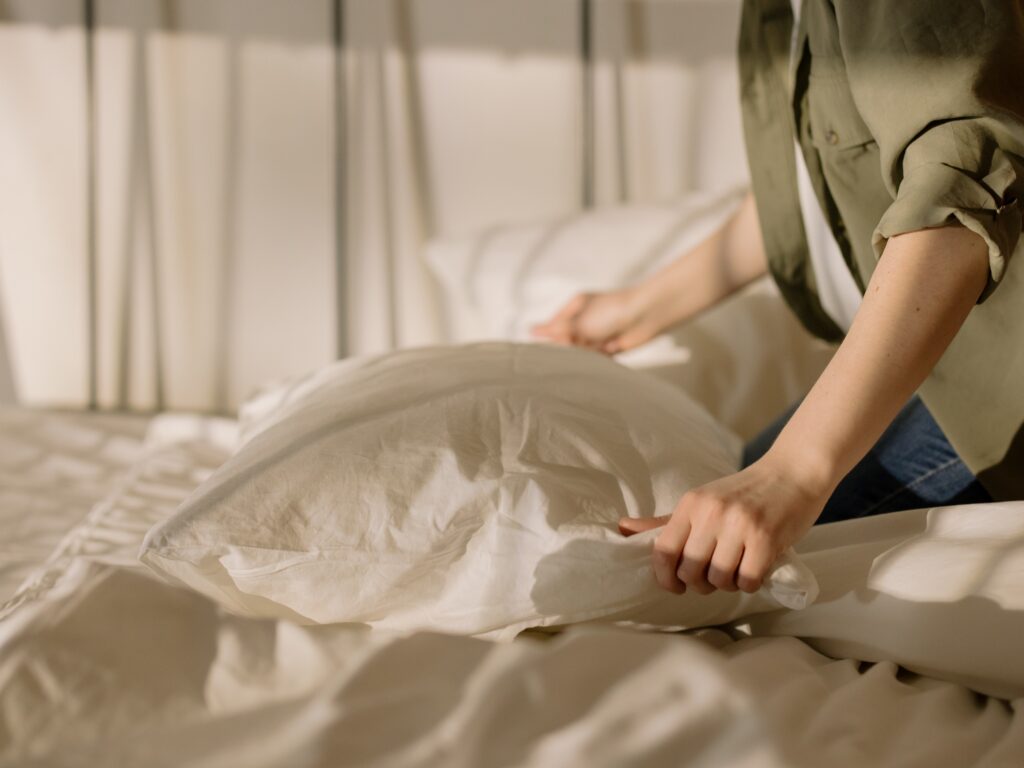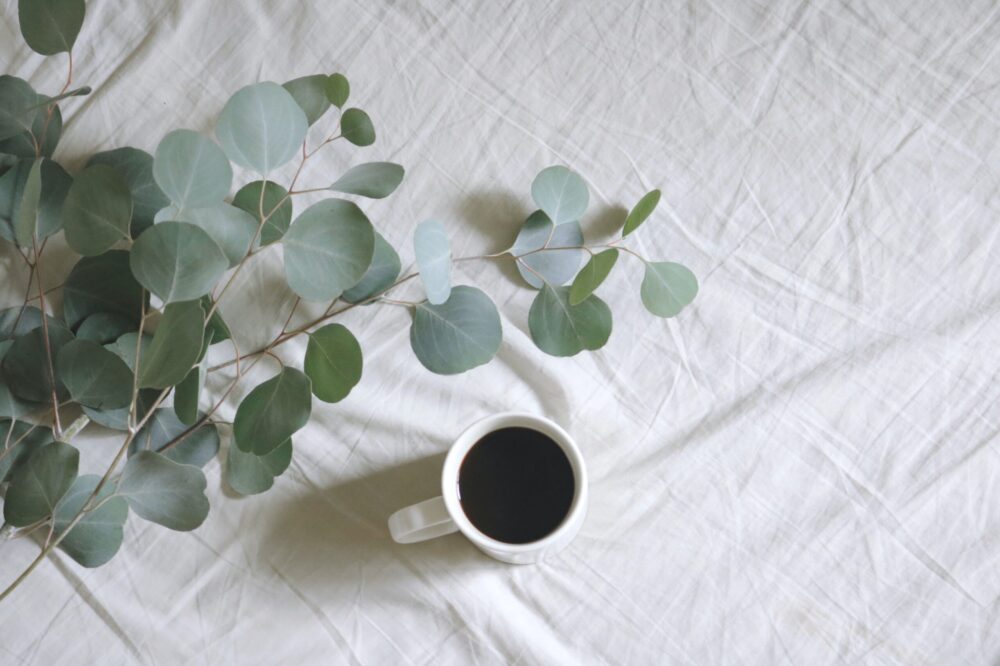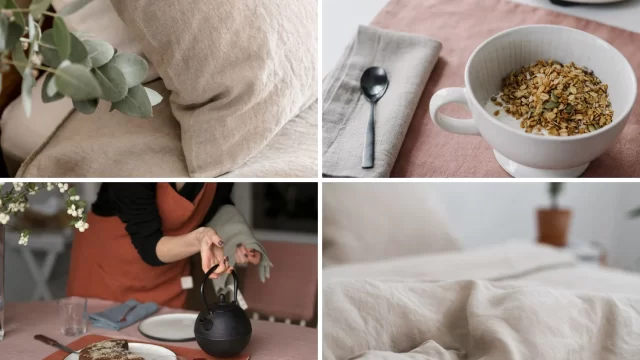Linen is a fabric with a rich history dating back thousands of years. It has been used for everything from clothing to bedding, and its popularity only continues to grow. But what exactly is linen, and what makes it so special?
What is Linen?
Linen is a type of fabric made of flax plant fiber. The clothing made from this fabric is extremely safe and kind to the user’s skin because it is produced entirely naturally. In the summer, linen is a highly popular fabric since it dries rapidly and doesn’t stick to the body.

Characteristics of Linen
This fabric has some unique characteristics, such as:
- Excellent sweat draining.
- Creates a cool feeling.
- Long-lasting and less color fading under direct sunshine.
- Its texture gives it a genuine, organic look and feel.
Do they have any disadvantages? Yes!
- Wrinkles easily so it can be hard to maintain a clean, professional appearance.
- New linen fabric can be stiff and scratchy.
- More expensive than certain other types of fabric since it is a high-quality material.
Different types of Linen
There are many different types of linen fabric, and these fabrics are defined by the weaving technique used to create them. The four most popular types of linen are:
- Damask linen: Damask linen is made using a complex weaving method that creates a patterned design on the fabric. It is a highly decorative and luxurious fabric that is commonly used for tablecloths, napkins, and other decorative purposes (“Linen Fabric”).
- Plain-woven linen: Plain-woven linen is frequently utilized for producing dish towels, cotton towels, and hand towels due to its sturdiness and relatively loose weave. It maintains its durability even after many uses (“Linen Fabric”).
- Loosely-woven linen: A looser weaving technique is used to produce loosely woven linen, which creates a fabric that is more airy and light. It is often used to make sanitary napkins and reusable diapers (“Linen Fabric”).
- Sheeting line: Because of its smooth, soft surface, close weave, and lack of texture, sheeting linen is typically used to make linen clothes. Typically, this variety of linen fabric has a higher thread count than other types of linen. Heavy-duty work clothes like aprons and jumpsuits are usually made of sheeting linen (“Linen Fabric”).

Uses of Linen
- Home decor: Linen is a popular choice for home decor items such as curtains, tablecloths, and bedding. With its organic origins and ability to absorb moisture well, linen is a great material for making soft and comfortable bed sheets.
- Towels and napkins: Linen is known for its durability and becomes even softer with each wash, making it an ideal choice for making tablecloths and hand towels.
- Clothing: There was a lot of use of linen fabric in fashion, especially silk linen fabric. Clothing for all seasons such as shirts, dresses, and skirts, is frequently made of linen. This material is perfect in summer because of its breathability and absorption in humid weather.

How to identify Linen
If you’re trying to determine whether a piece of fabric is made of linen, there are several methods you can use. First, you can touch the fabric to see if it has a smooth surface that feels soft to the touch. Linen tends to become even softer with each wash, so if you notice that the fabric becomes softer over time, it may be linen. Another way to identify linen is by its color. Linen fabrics are usually found in natural colors like ivory white, grey, or brown, and they’re not entirely white. Lastly, burning the fabric can also help you identify if it’s made of linen. Linen usually smells like burning paper and burns extremely slowly. The resulting ash is soft, like the ash produced by burnt cotton fibers. By using these methods, you can quickly determine whether a piece of fabric is made of linen or not.
How to use and maintain Linen
To keep linen products looking their best and extend their lifespan, it is important to care for them properly. Here are a few tips to help care for linen fabrics:
- Use cold or warm water instead of hot water when washing linen products.
- After washing, allow the fabric to air dry instead of ironing it. Due to flax fibers’ low elastic nature, iron too much will cause the fibers to break.
- Avoid using bleach or extremely low concentrations of bleach on linen fabrics.

By understanding the different types of linen and how to care for them properly, you can enjoy your linen products for many years to come. That’s all for now, I hope you found this guide to linen fabric helpful!
Sources: “Sewing Linen: The Complete Guide.” Sewport, Sewport, www.sewport.com/fabrics-directory/linen-fabric, Accessed 4 Mar. 2023.
